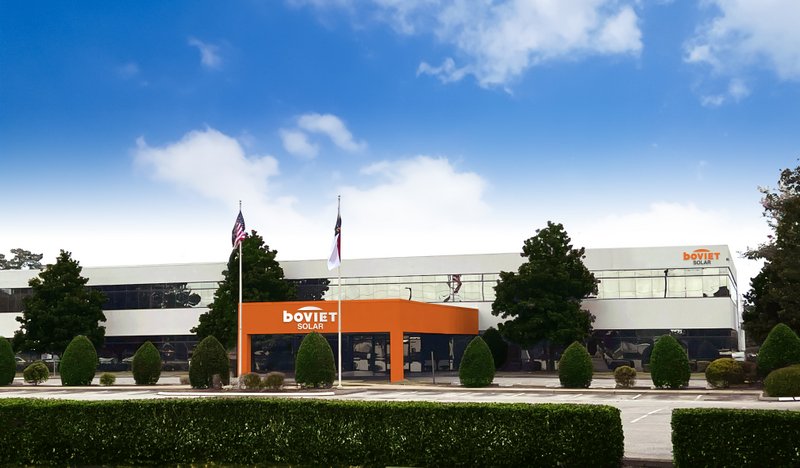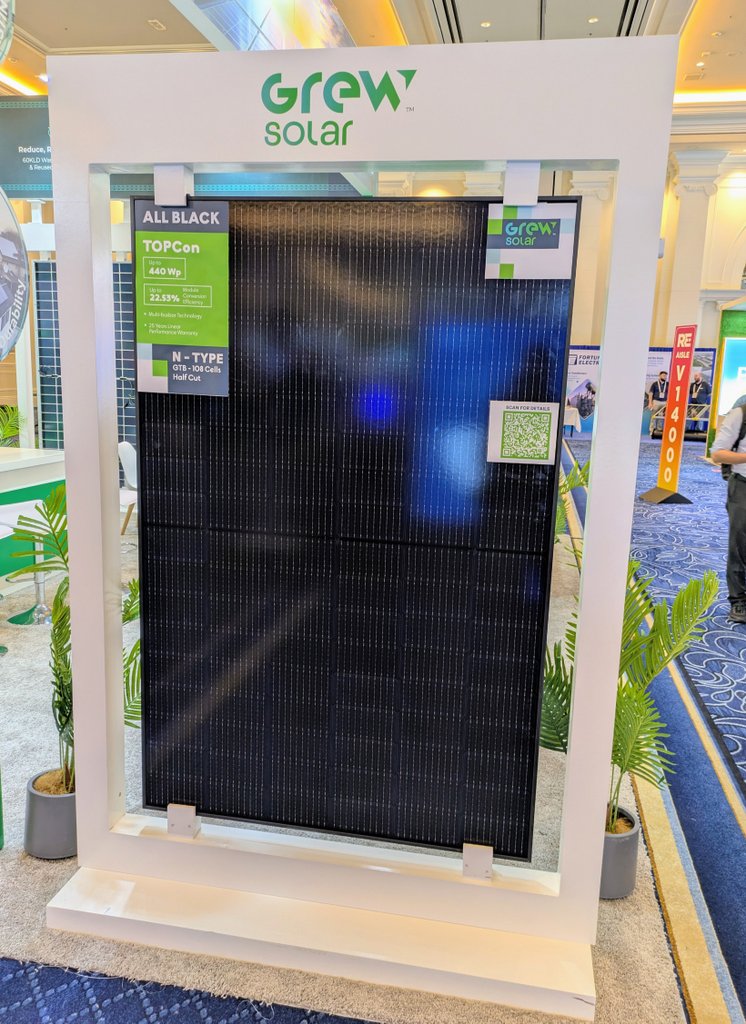Schneider Electric, Microsoft and partners target $7.5B to fast-track U.S. microgrids and resilient energy systems
The Accelerating Resilient Infrastructure Initiative launches with more than 20 partners to deploy microgrids, storage, and other distributed energy resources for critical facilities

Communities across the United States are losing an estimated $150 billion each year to power outages. A new coalition led by Schneider Electric and joined by Microsoft, Sunrock, Zurich, AlphaStruxure and more than 15 other partners is betting that local microgrids and distributed energy resources (DERs) can change that trajectory.
The Accelerating Resilient Infrastructure Initiative, announced September 18, is designed to unlock $7.5 billion in financing and streamline the deployment of resilient, community-based energy systems while current federal incentives remain available. The model connects developers, technology providers, and financiers in a single platform for scoping, building, and operating projects such as microgrids, solar + storage systems, and EV charging infrastructure.
“Communities are under increasing pressure to maintain reliable, affordable power in the face of aging infrastructure, extreme weather, rising demand and evolving cyber threats,” said Jana Gerber, North American President of Microgrids for Schneider Electric. “This initiative brings together industry leaders to accelerate the deployment of local, future-ready energy solutions, helping communities reduce risk, control costs and ensure continuity of critical services.”
What the initiative covers
Participants span from technology firms (Microsoft, AZZO, Celsius Energy) to developers (AlphaStruxure, Sunrock Distributed Generation, Unison Energy, Verdant Microgrid) to consulting and finance partners (Arcadis, Graybar, Zurich, Sustainability Partners). Schneider Electric serves as strategic integrator, connecting customers to developers and supplying advanced controls such as its EcoStruxure Microgrid Flex platform.
By 2028, peak U.S. electricity demand could outpace supply, according to federal forecasts. The initiative aims to ease stress on the centralized grid by scaling DERs, including rooftop solar, batteries, geothermal heat pumps, and EV infrastructure.
Financing models: EaaS and ESPCs
A key piece of the initiative is making resilient infrastructure more financially accessible. Project developers have identified $7.5 billion in capital that can be delivered through Energy-as-a-Service contracts—converting upfront costs into predictable, recurring payments. Another path, Energy Savings Performance Contracts, enables organizations to fund upgrades over time using guaranteed utility savings.
Microgrids in action
Examples already underway illustrate how localized systems can support reliability and cost certainty:
- Montgomery County, Maryland: Two AlphaStruxure microgrids powering up to 70 electric buses, with expansion to 200.
- Piscataway, New Jersey: A 2.9 MW municipal solar + microgrid system, 28 EV chargers, and up to five days of battery backup expected to save $19 million over 20 years.
- Middle Tennessee Electric: Solar and battery storage tied into a microgrid serving 750,000 residents across four counties.
- Longview ISD, Texas: A 4.2 MW solar portfolio across 10 schools, saving an estimated $450,000 annually while avoiding 9 million pounds of carbon emissions.
“The initiative is a powerful example of how industry collaboration and digital innovation can accelerate the deployment of resilient energy infrastructure at scale,” added Darryl Willis, Corporate Vice President at Microsoft.





Comments are closed here.